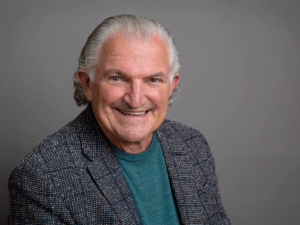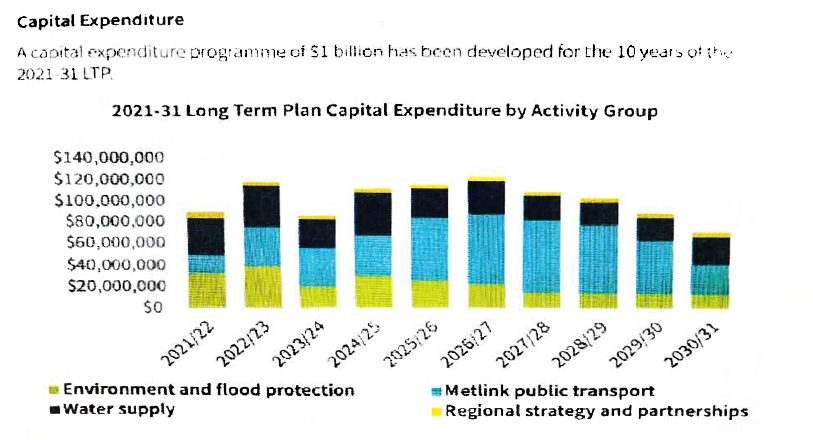
Thank you for asking for my views as a Greater Wellington Regional Council Candidate. See below on my views in regards to the harbour and its catchments
- During my first term on GW I have had direct involvement in working to get solutions to our inner and outer harbours and the catchments that directly affect us.
- This has involved 333 and 461 Grays Road along with the 50 culverts entering our inner harbour where there have been issues that are leading to polluting our waterways. Working directly with GW officers I have come to understand that there is a significant gulf between solutions that we need to provide to protect the environment and the very limited action provided by GW. In these cases, both rubber pollutants and significant siltation have occurred. Regarding these issues, I have worked closely with our Chief Executive and members of our Executive Leadership Team. I have also been lucky to have the 3-term experience of Jenny Brash and understand these poor outcomes have been going on for far too long. Progress is being made but it is painfully slow.
- Porirua Stream has been also an area of focus. Willowbank Road where significant streamside damage has polluted the outer harbour as the LAWA Estuary website shows. Also working with Glenside Residents Assn. about the siltation coming from Stebbings Valley development directly into Porirua Stream. Both issues involve WCC and GW however we are bringing an increasing level of focus onto the changes we need to reduce the significant siltation. The local community organisations are active and Stronger leadership towards a solutions-based approach is what I am working towards with support from GW Chair.
- These are direct examples of the ongoing lack of results that I am engaged in changing so that we progress environmental outcomes. GW is very good at planning but in several areas very poor at implementing its plans.
- The Whaitua and its 75 recommendations have moved very slowly. With the experience of Jenny Brash we were able to get a $400k allocated to progressing these issues however mainly regarding planning rather than direct action. GW is going through an organisational change “Fit for the Future” and developing an agile approach that allows us to focus on outcomes is where the greatest opportunity exists. Over the next 4 years we have almost $10 million of planting in our Regional Parks in our budget. For Battle Hill and Belmont areas this will have a beneficial impact for Porirua, and this is complimentary to the planting programme lead by PCC. Much of this work cannot be sped up as the growing of plant stock is a current challenge across the Region. As an example, we have thousands of Willows we grow each year for planting our riversides and these are now a hybrid so that they do not grow wild and block the rivers in areas. Planting riversides, swale creation and more active prosecution of those that create the siltation will have a significant difference. Although more than 1000 warnings were made to Transmission Gully there was little in the way of rectification for those issues, this just illustrates that we need to take different approaches and have outcomes focus as an organisation.
- Wetlands are a current issue as early this year we lost a wetlands prosecution, and the Courts were very critical of GW. This will lead to us focussing on mainly significant Wetlands and further protecting them. In QEII Park we are rewetting some 40 Hectares of peatland which aligns with extending wetlands.
- Although my community involvement in Porirua Tawa is largely around youth education and educational advancement, I am very supportive of our voluntary organisations that really are at the heart of all successful communities. There is a clear need to build a better relationship between how GW, volunteer groups and local lwi work together, as greater alignment over these challenges will speed up progress. Often, I hear frustration expressed about reducing silt however where our planting programmes are the key in most cases 4-5 years of growth of new plantings is required before significant filtering occurs.
I have attached the Capital Expenditure graph of GW Long Term Plan. At the time I questioned the decreasing amount going into our environment. This was not because I had any special knowledge of needs but rather, I know that environmental investment has long term benefits whereas with our Transport where significant investment occurs, we have rising costs and decreasing passenger numbers (costs up 37.7% over 4 years and passenger trips down 32.5%) a trend that is clearly unsustainable for both passengers and ratepayers. I had been on GW Council for 6 months when this LTP was approved and did not understand the significance of how this would affect 3 years of work. I had expected a degree of flexibility and agility in our operations that would allow GW to refine and adjust as we moved forward. Even experienced Councillors did not comment on this issue. If I am returned, I will bring a far more robust approach to our next 10-year LTP that will be set early in the new Triennium. I hold a strong view that the biggest gains will come from modest organisational changes which will move our focus from planning to implementing the plans we have approved.

Thank you for asking my views and I am happy to meet and add further depth to these issues if required. It was after the submissions by your three organisations that the modest funding for the Whaitua was agreed to so there is certainly the opportunity to build GW focus to those environmental challenges we face, many of them related back to our changing climate.